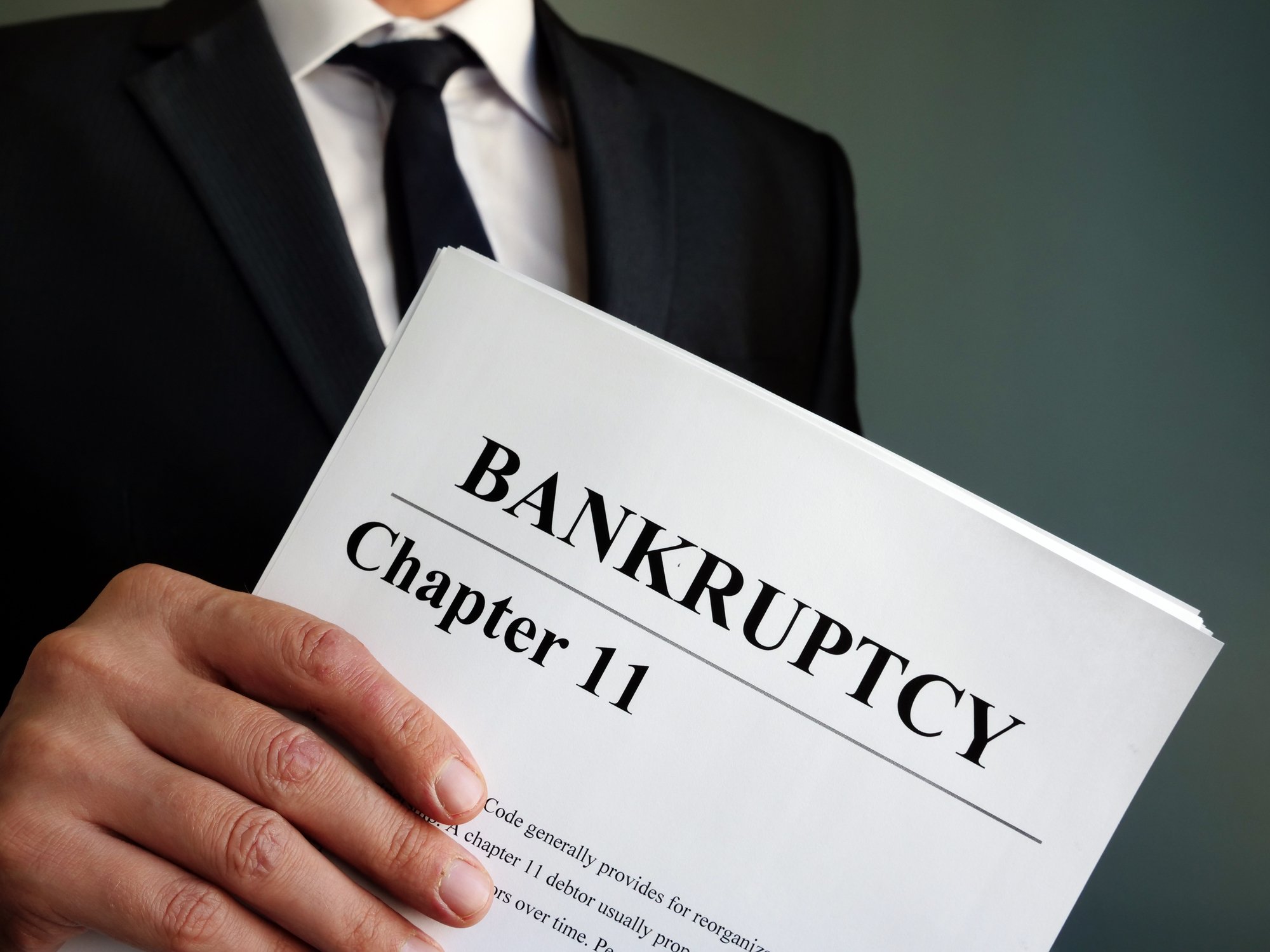The rally in natural gas prices benefited Chesapeake Energy (CHK +0.00%) in the first quarter as the company's revenue from production grew by more than 21%. This number could have been higher, though, if not for its current hedging positions on natural gas and oil. Is the company's hedging plan the right course of action? More importantly, does it actually reduce its risk from energy price volatility?
Main energy commodities such as oil and natural gas move in a very erratic manner. A hedge such as a swap or options could reduce the risk from these fluctuations. The downside is that it also cuts down the company's profits when prices go up. In the past quarter alone, Chesapeake Energy recorded nearly $370 million in realized and unrealized losses from its derivatives. This comes to a 17% cut in its revenue from production.
Another way to look at this issue is to consider that during the first quarter, the realized price of natural gas was $3.27 per thousand cubic feet -- nearly 30% lower than the average market price of natural gas. Most of this fall is related to the realized losses from hedging. Losses from derivatives are common in other energy companies: Chevron (CVX 0.47%) reported nearly $200 million in losses from derivatives during 2013, for example. Are Chesapeake Energy's hedging efforts prudent, though?
Finding the right amount to hedge
For 2013, Chesapeake Energy purchased a downside hedge of 85% of its oil production and 50% of its natural gas production. For 2014, the downside hedge for oil production was only 58% of the expected quota and 68% of its natural gas production. Considering that the natural gas market only heated up during the winter, the amount hedged should have fallen and not risen. Then again, hindsight is 20/20.
If the company doesn't reach its production quota, this could mean it hedged a bigger portion than needed; that would mean it was taking unnecessary risk. The company voiced these risks in its annual report.
Even though the staggering rally of natural gas might not have been expected by Chesapeake Energy's management, it doesn't mean that the amount of production hedged was the right course of action.
Finding the right hedge
Another issue to consider is the form of hedge the company uses. Chesapeake Energy hedged 68% of its natural gas production, in which roughly 45% of the production is hedged with swaps (on a quarterly basis) and nearly 20% with three-way collars.
Swaps are a simple contract that pegs the price of natural gas at a certain level. In 2014, this price is set at an average of $4.18 per mcf. As long as natural gas trades higher than $4.18 per mcf, the company will record a loss on this hedge. This is a reasonable hedge to protect against a potential drop in natural gas prices.
The problem is with the three-way collar. This is a mix of three options that set a ceiling price of $4.38 per mcf and a floor price of $4.09 per mcf. This means that if the price rises above $4.38 per mcf, the company won't benefit from it. Conversely, if the price of natural gas drops below $4.09 per mcf, the company is protected and its lowest price will be this figure. This statement, however, comes with an asterisk.
The three-way collar also means that the company entered into a third option deal where if the price of natural gas falls below $3.54 per mcf, it will have to pay the difference between this target price and the market price. In other words, Chesapeake Energy's downward protection on this specific set of contracts is limited to $3.54 per mcf -- below this number the company pays up.
Thus, if natural gas prices fall to let's say $3 per mcf during the third quarter, the company will not only show lower revenue in the third quarter, it will also record losses attributed to a small portion of its production.
In other words, the three-way collar contracts may reduce the cost of hedging, but they also mean the company takes additional risk in case of a sharp fall in natural gas prices.
Again, this type of hedge is only attributed to 20% of the company's natural gas production. This type of hedge could also affect the company's revenue, however.
The bottom line
Like other energy companies, Chesapeake Energy should find ways to reduce the risk it faces from the volatility in the energy market. The amount of production the company hedges and the methods used might not be the optimal, however. The three-way collar is something that the company could definitely do without, or at least reduce its position in. As long as the company has these types of contracts, the risk from a sudden drop in natural gas prices could be more costly than anticipated.







